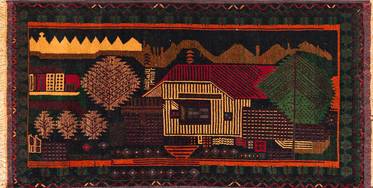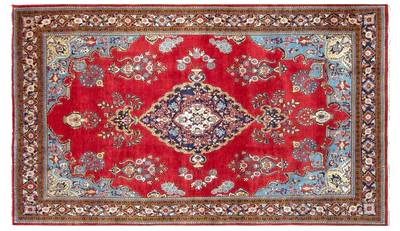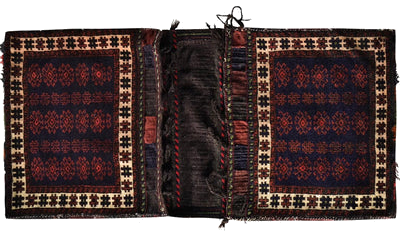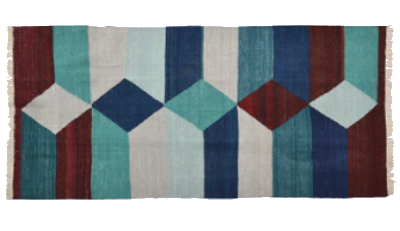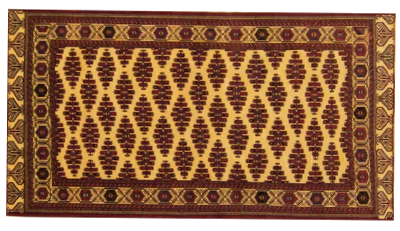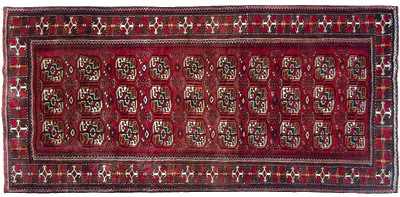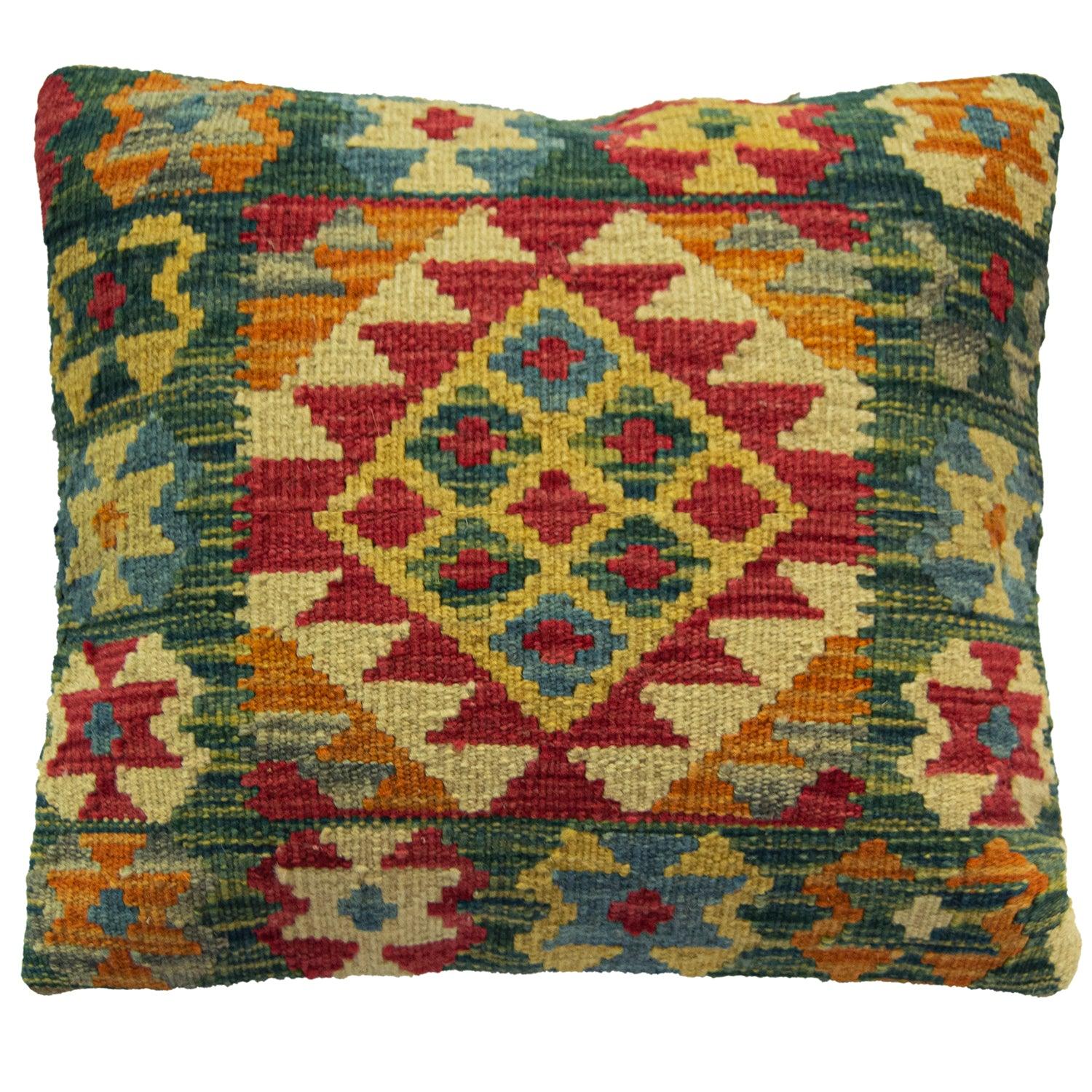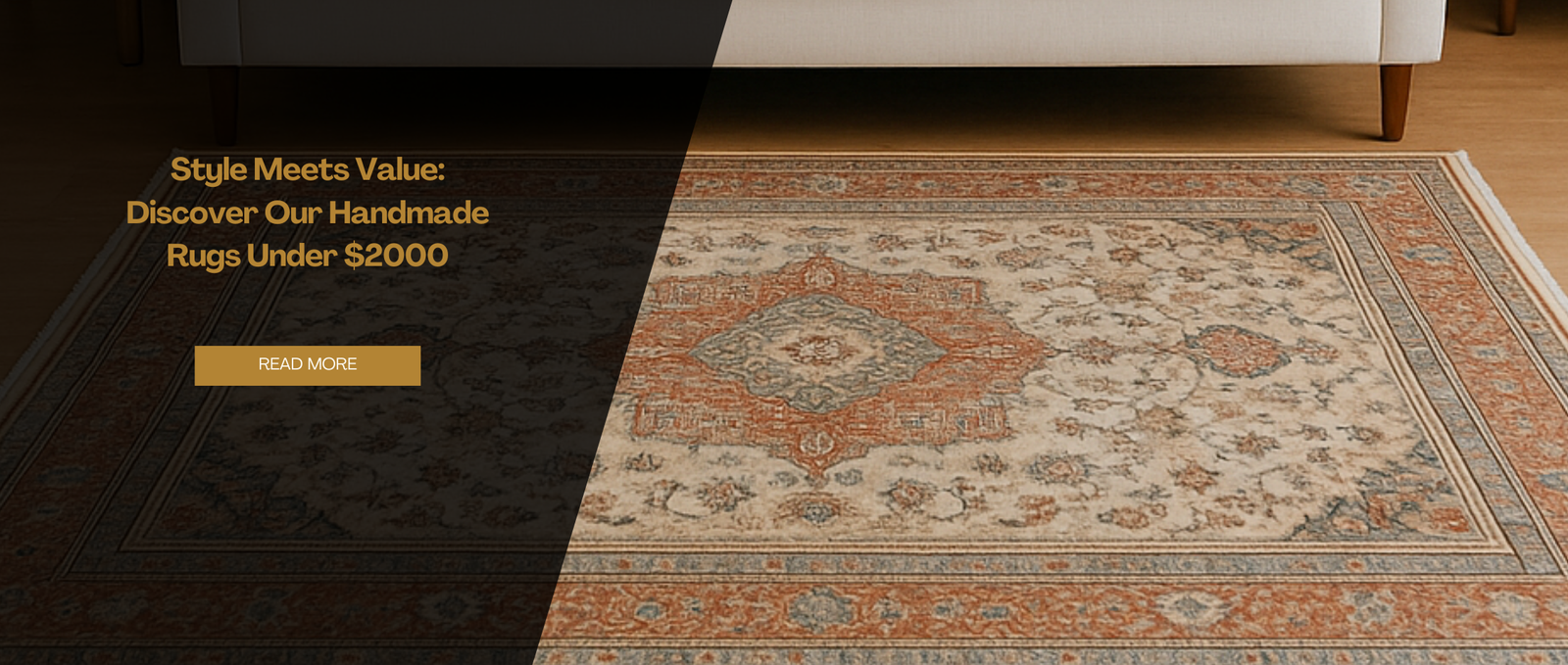Regular rug cleaning and maintenance are essential for ensuring the longevity and preserving the appearance of your rugs. Over time, rugs can accumulate dust, dirt, and stains, which can not only affect their aesthetic appeal but also their overall condition.
Disclaimer: While we endeavour to underscore the significance of commercial and professional cleaning services for optimal rug maintenance, we acknowledge that circumstances may vary, and access to such services might not always be feasible. The DIY cleaning tips provided here are intended for individuals who may face constraints in seeking professional assistance. It is crucial to note that these suggestions are not a substitute for professional cleaning, and we strongly recommend engaging commercial cleaning services for comprehensive rug care. Our commitment to your satisfaction remains unwavering, and we encourage clients to reach out to us for advice or to explore suitable alternatives tailored to their specific needs. Your rugs deserve the best care, and our team is here to guide you in ensuring their longevity and continued beauty.
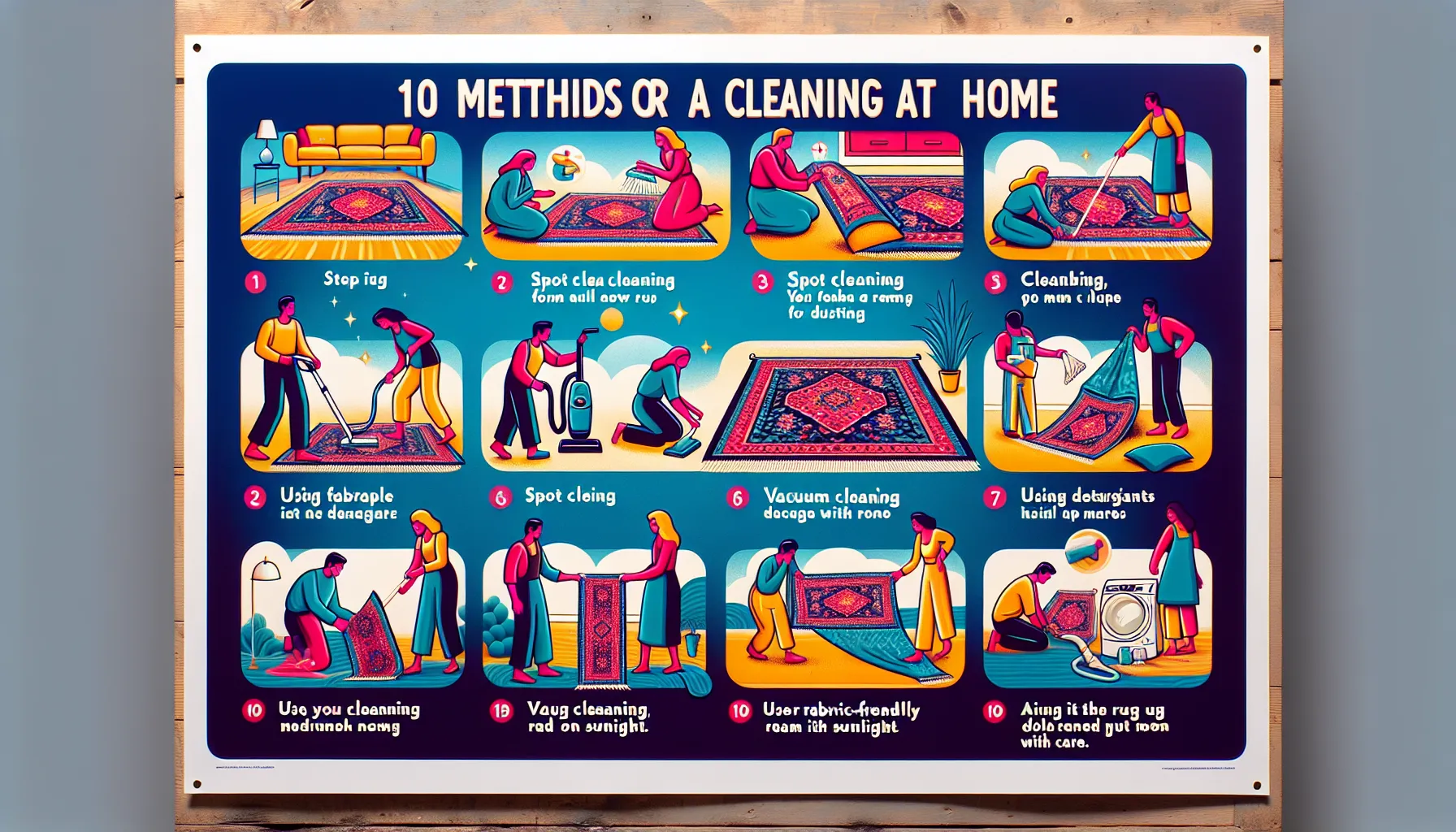
Cleaning Rugs at Home
Cleaning rugs at home offers a convenient and cost-effective solution to keep them looking their best. With the right tools and supplies, you can effectively remove dirt and debris, wash and rinse the rug, and let it dry properly. By following proper cleaning techniques, you can restore the vibrancy and freshness of your rugs without the need for professional help.
House Of Haghi
At House Of Haghi, we understand the importance of maintaining your rugs. That's why we offer a wide range of rugs for sale, including exquisite Persian rugs. Whether you have a small entrance rug or a large area rug, we have the perfect option for you. In addition to our extensive collection, we provide tips for cleaning rugs on our website. Visit our website to discover the best practices for keeping your rugs clean and well-maintained. Start taking care of your rugs today and enjoy their beauty for years to come.
Key Tips for Cleaning Your Rug at Home
When it comes to cleaning your rug at home, there are a few key tips to keep in mind:
-
Clear furniture and objects off the rug before cleaning.This step is important for a couple of reasons:
-
Removing furniture and objects allows for a more thorough cleaning.
-
When items are on the rug, it can be difficult to reach every part and ensure proper cleaning.
-
By clearing the rug of obstacles, you can ensure that every inch is cleaned and refreshed.
-
-
Prevent damage by removing furniture and objects.
-
Furniture or heavy objects left on a rug during cleaning can cause indentations or tears.
-
By removing these items, you can protect both the rug and the furniture.
-
Now, let's talk about how to clear the rug of furniture and objects:
-
Remove smaller objects first:Vases, lamps, and decorative items should be carefully taken off the rug.
-
Move larger furniture:Find a temporary place to store the furniture or move it to another room while you clean the rug.
With the rug clear, you can proceed with the cleaning process, knowing that you have a clean slate to work with.
How to Remove Dirt and Debris from Your Rug
When it comes to cleaning your rug at home, one of the most important steps is to remove dirt and debris. This not only helps to keep your rug looking clean and fresh, but it also helps to prolong its lifespan.
So, how exactly do you go about removing dirt and debris from your rug? Follow these steps:
-
Clear any furniture or objects off of the rug to make it easier to clean.
-
If possible, take the rug outside and shake it to remove any loose dirt.
-
Use a vacuum cleaner or a broom with soft bristles to gently sweep away any remaining dirt. Be sure to use a vacuum cleaner or broom with soft bristles to avoid damaging the rug's fibers.
-
When using a vacuum cleaner, adjust the settings according to your rug's requirements. Some rugs may need a special attachment or a lower suction setting to prevent damage.
-
If using a broom, sweep in the direction of the pile to avoid causing damage to the fibers.
-
Take your time and be thorough, paying attention to any particularly dirty areas.
By following these steps, you can effectively remove dirt and debris from your rug, helping to keep it clean and looking its best. Remember to be gentle and take your time to ensure that you do not damage the rug in the process.
Mixing the Right Cleaner Solution for Properly Cleaning Your Rug
Mixing the right cleaner solution is an essential step in properly cleaning your rug. Whether you're using a mild detergent or a specialised rug cleaner, it's important to follow the manufacturer's instructions and test the solution on a small area for colorfastness. This will ensure that the cleaner is safe for your rug and won't cause any damage or color fading.
Here are the steps to mix the cleaner solution:
-
Fill a bucket with warm water.
-
Add the recommended amount of detergent or rug cleaner to the water, following the instructions on the product label. Avoid using too much cleaner, as this can leave residue on the rug and attract more dirt. Using too little cleaner may not effectively remove stains and odors.
-
Use a clean cloth or sponge to gently agitate the solution and create suds. Avoid using a brush or scrubbing too vigorously, as this can damage the rug fibers. Instead, use a gentle circular motion to work the cleaner into the rug.
-
Before applying the cleaner solution to the entire rug, do a color test on a small, inconspicuous area. Dampen a clean cloth with the solution and gently blot it on the test area. If the colors remain intact and there's no color transfer to the cloth, it's safe to proceed with cleaning the entire rug.
By following these steps and mixing the cleaner solution properly, you can ensure that your rug is effectively cleaned without causing any damage. Remember to always read and follow the manufacturer's instructions and perform a color test before cleaning the entire rug. Taking these precautions will help preserve the beauty and longevity of your rug.
So, grab your bucket, warm water, and cleaner, and get ready to give your rug the cleaning it deserves!
Why Conduct a Color Test?
When it comes to cleaning your rug at home, it's important to take certain precautions to ensure that the colours of your rug do not bleed or fade during the cleaning process. This is where conducting a colour test becomes crucial. By performing a colour test on a hidden area of the rug using the prepared cleaner solution, you can determine whether the colours are stable or if there is a risk of colour bleeding or fading.
How to Perform a Color Test
-
Prepare the cleaner solution according to the instructions provided.
-
Choose a small, inconspicuous area of the rug, such as a corner or the underside.
-
Apply a small amount of the cleaner solution to the test area using a clean cloth or sponge.
-
Gently blot the area and let it dry completely.
-
Observe the test area closely.
If there are no visible changes to the colour or texture of the rug, it is safe to proceed with cleaning the entire rug. However, if you notice any colour bleeding or fading, it's best to stop and consult a professional rug cleaner for further advice.
Remember, conducting a colour test is a simple yet effective way to ensure the longevity and beauty of your rug. It allows you to identify any potential risks before applying the cleaner solution to the entire rug. By taking this precautionary step, you can avoid any unwanted surprises and confidently clean your rug at home.
How to Wash Your Rug
When it comes to keeping your rug clean and looking its best, regular washing is essential. Washing helps remove dirt, stains, and odours, ensuring that your rug remains fresh and vibrant. Follow these simple steps to wash your rug:
-
Gather the necessary supplies:
-
Sponge or soft brush
-
Cleaner solution suitable for your rug's material
-
Clean cloth or sponge for blotting stains or spills
-
-
Apply the cleaner solution:
-
Using a sponge or soft brush, gently apply the cleaner in a circular motion. Ensure to cover the entire surface of the rug, paying extra attention to heavily soiled areas. This gentle, circular motion helps lift dirt and grime without causing damage.
-
Address stains or spills promptly:
-
Blot the affected area with a clean cloth or sponge, using gentle pressure to absorb the stain or spill. Avoid rubbing the stain, as this can cause it to spread or become embedded in the fibres. Continue blotting until the stain is no longer visible.
-
Rinse the rug:
-
Use a clean cloth or sponge and plain water to thoroughly rinse the cleaner solution from the rug. This step is crucial to remove any residue and ensure the rug is clean and fresh.
-
Remove excess water:
-
Gently press a clean cloth or sponge against the rug to absorb the water. Avoid wringing or twisting the rug, as this can damage the fibres.
-
Allow the rug to dry completely:
-
Lay the rug flat on a clean, dry surface and ensure good air circulation. Drying time can vary depending on the size and thickness of the rug. Be patient and allow the rug to air dry naturally.
By following these steps, you can effectively wash your rug and keep it looking its best. Regular washing not only maintains the appearance of your rug but also prolongs its lifespan. Make it a part of your regular cleaning routine to ensure your rug stays fresh, clean, and beautiful for years to come.
Rinsing Your Rug Thoroughly
Rinsing your rug thoroughly is an essential step in the cleaning process to ensure that all the cleaner solution is removed. This helps to prevent any residue from building up and potentially damaging the rug fibres.
There are two methods you can use to rinse your rug:
-
Using a garden hose
-
Using a bucket of clean water
Rinsing with a Garden Hose
-
Lay the rug flat on a clean surface outdoors.
-
Gently spray the rug with water, making sure to cover the entire surface.
-
Move the hose back and forth over the rug to ensure that all areas are thoroughly rinsed.
-
Pay special attention to any areas that were heavily soiled or stained.
Rinsing with a Bucket of Clean Water
-
Fill a bucket with clean water.
-
Immerse the rug in the water.
-
Use your hands or a soft brush to agitate the rug and remove any remaining cleaner solution.
-
Lift the rug out of the water and gently squeeze out the excess water.
-
Repeat this process a few times to ensure that all the cleaner solution is rinsed out.
Regardless of the method you choose, it's important not to soak the rug. Excessive water can damage the rug fibres and lead to mould or mildew growth. Aim to rinse the rug thoroughly without saturating it.
Drying the Rug
After rinsing, gently squeeze out any excess water by pressing a clean towel against the rug. Avoid wringing or twisting the rug, as this can distort its shape and damage the fibres.
Next, lay the rug flat on a clean, dry surface and allow it to air dry completely. Avoid placing the rug in direct sunlight, as this can cause fading and discolouration. Depending on the size and thickness of the rug, it may take several hours or even a few days for it to dry completely.
Final Touch-Up
Once the rug is dry, you can give it a final touch-up by vacuuming or brushing out the fibres. This will help to restore its appearance and fluff up the pile.
Rinsing your rug thoroughly is an important step in the cleaning process. By using a garden hose or a bucket of clean water, you can remove any remaining cleaner solution and ensure that your rug is fresh and clean. Just remember to avoid soaking the rug and to allow it to dry completely before using or storing it.
Removing Excess Water from Your Rug: Tips and Methods
When it comes to cleaning your rug at home, one important step is to remove excess water after rinsing. This will help prevent any potential damage to the rug fibres and ensure that it dries properly. There are a few tips you can follow to effectively remove excess water from your rug.
Use a Squeegee
Firstly, you can use a squeegee to gently scrape off any excess water from the surface of the rug. Start from one end and work your way towards the other, applying light pressure to avoid damaging the fibres. This method is especially useful for larger rugs that may be difficult to handle.
Roll the Rug in a Clean Towel
Another option is to roll the rug in a clean towel. Lay the towel on the floor and place the damp rug on top of it. Then, starting from one end, roll the rug and towel together, applying gentle pressure to absorb the excess water. You may need to repeat this process with a fresh towel if the first one becomes saturated.
Regardless of the method you choose, it's important to avoid wringing or twisting the rug to remove water. This can cause the fibers to become misshapen or even break, leading to irreversible damage. Instead, focus on gently pressing or patting the rug to remove the water.
By taking these steps to remove excess water, you'll ensure that your rug dries properly and remains in good condition. Remember to be patient during the drying process, as rushing it can result in mould or mildew growth. Find a well-ventilated area to lay the rug flat and allow it to air dry completely before placing it back in its original location.
Overall, removing excess water from your rug is an essential step in the cleaning process. Whether you choose to use a squeegee or roll the rug in a towel, remember to be gentle to avoid damaging the fibres. By following these tips, you can keep your rug looking its best and prolong its lifespan.
Properly Drying Your Rug: Tips and Tricks
Allowing your rug to dry completely is a crucial step in the cleaning process. It ensures that the rug is free from moisture, preventing the growth of mould and mildew. Additionally, a thoroughly dried rug will retain its shape and texture, prolonging its lifespan.
How to Ensure Proper Drying
-
Hang the rug or lay it flat on a clean, dry surface:
-
Hanging the rug allows air to circulate around it, facilitating faster drying.
-
If hanging is not possible, laying the rug flat on a clean surface such as a patio or garage floor can also work well.
-
Make sure the surface is dry and free from dust or debris.
-
-
Use appropriate clips or hooks when hanging the rug to prevent damage to the edges or fibres. Avoid using clothespins or anything that can leave marks or indentations.
-
If laying the rug flat, ensure it is not in direct contact with the floor to allow air to circulate underneath.
-
Take into consideration the rug's size, thickness, and ambient humidity as drying times can vary. Smaller, thinner rugs may dry within a day or two, while larger or thicker rugs may take longer. Patience is key to avoiding potential damage.
-
To prevent colour bleeding, place a clean towel or cloth underneath the rug to absorb excess moisture.
-
Regularly check the rug during the drying process to ensure even drying. Gently blot any damp spots with a clean, dry cloth to absorb moisture, avoiding excessive force or rubbing.
-
Once the rug is completely dry, vacuum it thoroughly before placing it back in the room. This will help remove any remaining dirt or debris.
How to Clean Your Rug: A Step-by-Step Guide
To keep your rug looking fresh and clean, it's important to regularly vacuum or brush it to restore its texture and remove any remaining dirt or debris. This step is essential for maintaining the overall appearance and longevity of your rug. Whether you choose to use a vacuum cleaner with a brush attachment or a soft-bristle brush, here are some instructions to help you effectively clean your rug.
-
Clear the area around the rug of any furniture or objects. This will make it easier to access all areas of the rug and ensure a thorough cleaning. If possible, take the rug outside to clean it, as this will prevent any dirt or debris from being spread around your home.
-
Start by removing any loose dirt or debris from the rug. If you're using a vacuum cleaner, make sure to use the brush attachment to gently agitate the fibres and loosen any trapped dirt. If you're using a brush, gently brush the rug in the direction of the pile to remove any dirt or debris.
-
Mix a cleaning solution according to the manufacturer's instructions. Do a colour test on a small, inconspicuous area of the rug to ensure the cleaner doesn't cause any damage or discolouration.
-
Apply the cleaning solution to the rug and work it into the fibres using a soft brush or a clean, damp cloth. Follow the instructions provided by the cleaner manufacturer for the best results.
-
Rinse the rug to remove any remaining cleaning solution. Use a clean, damp cloth or lightly spray the rug with water and blot it with a clean towel.
-
Remove excess water from the rug using a clean towel or sponge. Gently press down on the rug to absorb the water, being careful not to rub or scrub the fibres.
-
Allow the rug to dry completely before placing any furniture or objects back on it. Avoid direct sunlight as it can cause the colours to fade. You can speed up the drying process by opening windows or using a fan.
By regularly vacuuming or brushing out your rug, you can restore its texture and remove any remaining dirt or debris, keeping it looking fresh and clean for years to come. So, grab your vacuum cleaner or soft-bristle brush and give your rug the care it deserves!
Regular Maintenance
Regular maintenance is key to keeping your rug in good condition and prolonging its lifespan. Here are some important tasks to include in your regular maintenance routine:
-
Vacuuming: Vacuum your rug on a weekly basis to remove dirt, dust, and debris that can accumulate and damage the fibres over time. Use a vacuum cleaner with a rotating brush or beater bar to loosen and lift dirt from the rug.
-
Spot Cleaning: Accidents happen, so it's important to act quickly to prevent stains from setting in. Blot spills with a clean, white cloth and use a gentle cleaning solution to remove stains without damaging the rug. Avoid rubbing the stain, as this can push it deeper into the fibres.
Professional Cleaning Services
While regular maintenance is essential, there may come a time when your rug needs a deeper clean. That's where professional cleaning services, like those offered by House Of Haghi, can be incredibly beneficial. Here's why:
-
Deep Cleaning: Professional cleaning can help remove deep-seated dirt, allergens, and stains that regular vacuuming and spot cleaning may not be able to fully address.
-
Expertise: House Of Haghi offers rug cleaning services performed by professional cleaners with the knowledge and expertise to safely and effectively clean a wide range of rug materials and styles.
-
Restoration: Over time, rugs can become dull and faded due to sunlight exposure and everyday wear and tear. Deep-cleaning your rug can restore its vibrant colours and original lustre.
In Conclusion
Regular maintenance, such as vacuuming and spot cleaning, is crucial for keeping your rug in good condition. However, periodic professional cleaning is also important for deep cleaning and revitalising your rug. By following these tips and utilising the services offered by House Of Haghi, you can ensure that your rug remains beautiful and pristine for years to come. So, don't neglect the maintenance of your rug and give it the care it deserves.
10 Tips for Cleaning Your Rug at Home
Keeping your rug clean and well-maintained is essential for its longevity and appearance. By following these 10 tips for cleaning your rug at home, you can ensure that your rug remains in pristine condition for years to come:
-
Start by removing any loose dirt and debris.
-
Test any cleaning solutions on a small area before applying them to the entire rug.
-
Use gentle cleaning techniques and avoid excessive scrubbing or harsh chemicals.
-
Vacuum regularly to prevent dust and dirt from settling into the fibres.
-
Spot clean spills and stains immediately using a mild detergent and water.
-
Avoid saturating the rug with water during cleaning.
-
Dry the rug thoroughly after cleaning to prevent mould and mildew growth.
-
Rotate the rug periodically to ensure even wear and fading.
-
Protect the rug from direct sunlight to prevent colour fading.
-
Consider professional rug cleaning and repair services for deep cleaning and restoration.
Remember to start by removing any loose dirt and debris, then test any cleaning solutions on a small area before applying them to the entire rug. Additionally, be sure to use gentle cleaning techniques and avoid excessive scrubbing or harsh chemicals.
In addition to cleaning, House Of Haghi offers a wide range of rugs for sale, including Persian rugs, and provides various rug sizes to suit your needs. They also offer services such as rug cleaning and repair, as well as home consultations with interior designers. You can explore their collection and access these services by visiting their website at https://www.houseofhaghi.co.nz/ .
If you're interested in purchasing a rug, House Of Haghi has a selection of hand-knotted Persian rugs made of wool material with authentic designs. You can find specific product pages showcasing the craftsmanship and design of these rugs, such as the Wool Bakhtiari Persian Rug or the Fine Hand-knotted Tabriz Persian Rug. Whether you're looking for entrance rugs, small rugs, medium rugs, large rugs, extra-large rugs, or runners, House Of Haghi has a variety of options to choose from.
So don't wait any longer, take the necessary steps to clean and maintain your rug today. Visit House Of Haghi's website and explore their rug collection and services. Your rug will thank you for it!

